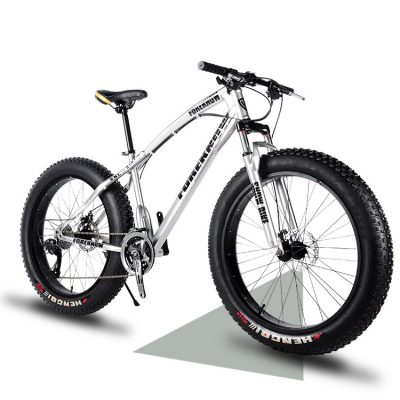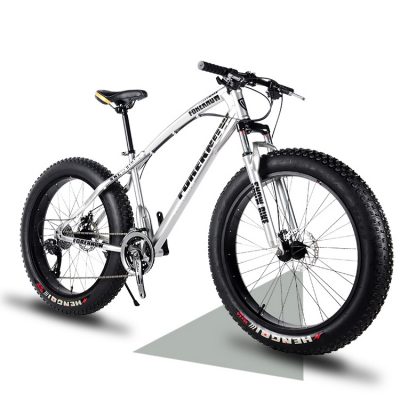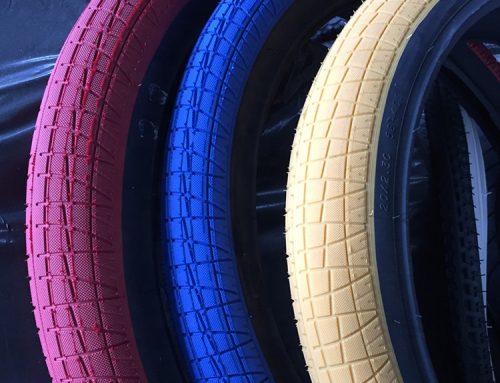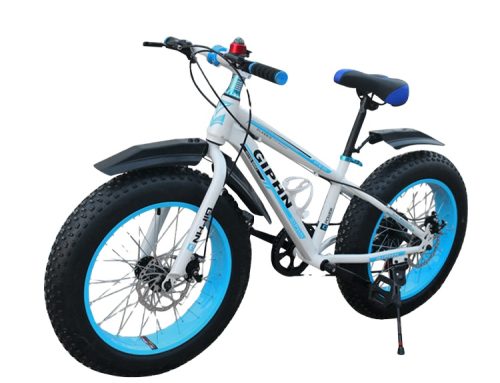Choosing the best bike lock depends on several factors, including the level of security you need, your budget, and your preferences. Here are some key considerations when selecting a bike lock:
- Lock Type:
- U-Lock: U-locks are known for their strength and durability. They offer a good balance between security and portability. Look for ones with thicker shackles and hardened steel construction.
- Chain Lock: Chain locks provide flexibility in locking multiple parts of your bike. Opt for chains with thicker links and a sturdy padlock. Consider the weight if you plan to carry it.
- Folding Lock: Folding locks are compact and can be easier to transport. They consist of connected metal plates that fold out to create a lock. Choose models with strong hinge points.
- Cable Lock: Cable locks are lightweight and flexible but offer lower security due to their vulnerability to cutting. They are best used as secondary locks or for low-risk areas.
- Security Level:
- Look for locks with a high security rating. Manufacturers often provide security ratings (e.g., Gold, Silver, Bronze) that indicate their resistance to theft attempts. Choose a lock that meets your security needs based on your location and the value of your bike.
- Locking Mechanism:
- Keyed Locks: Keyed locks offer security but can be inconvenient if you tend to misplace keys.
- Combination Locks: Combination locks are convenient but may be less secure due to potential guessing or tampering.
- Keyless Bluetooth Locks: Some modern locks can be unlocked using a smartphone app, providing convenience and security.
- Material and Build:
- Opt for locks made from hardened steel, as they are more resistant to cutting and picking. Look for models with anti-drill and anti-pick features.
- Size and Weight:
- Choose a lock that strikes a balance between security and portability. Larger locks may offer better security but can be heavier and less convenient to carry.
- Additional Features:
- Some locks come with additional features like coated shackles to prevent scratching your bike, or mounting brackets for easy transportation.
- Brand Reputation:
- Stick to reputable brands known for producing high-quality locks. Read reviews and check for ratings from trusted sources.
- Budget:
- Set a budget that aligns with the value of your bike and the security you require. Remember that investing in a good lock is a worthwhile investment to prevent theft.
- Insurance Consideration:
- If your bike is expensive, you might want to consider getting it insured. Some insurance policies might require specific lock types or security levels.
- Local Theft Trends:
- Research the types of bike theft methods prevalent in your area and choose a lock that can counter those methods effectively.
Ultimately, the best bike lock for you will depend on your individual needs and circumstances. It’s often recommended to use a combination of locks to maximize security, such as pairing a U-lock with a secondary cable lock.





